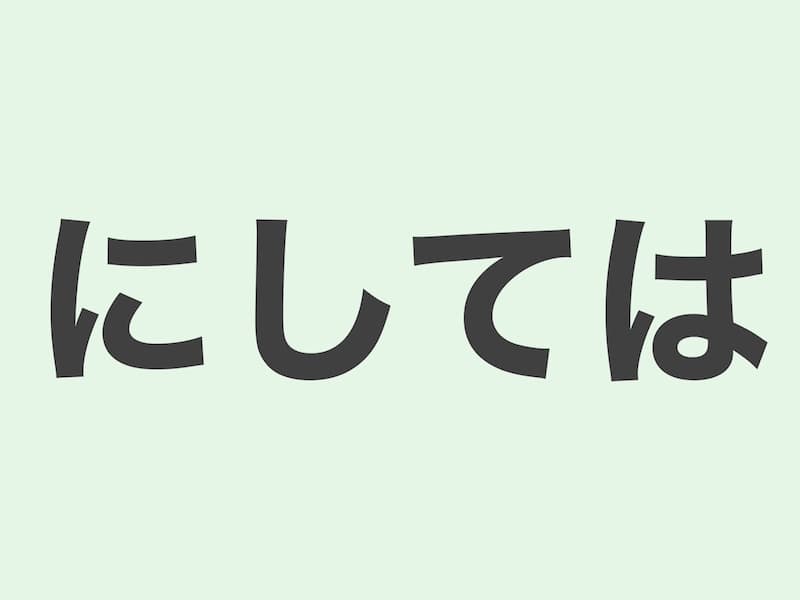説明 (Explanation)
文法(Grammar):普通形+にしては
意味 (Meaning):普通の基準や期待と比べて 意外に〜だと感じるときに使う表現。期待よりも 良い/悪い/意外な状態を強調する。
英語(English):It is used when something is unexpectedly, compared to the usual standard or expectation. It emphasizes a state that is better, worse, or surprising than what you would normally expect. “for ~” / “considering ~”
JLPT Textbook Recommendations
例文 (Examples)
- 彼は若いにしては、とても経験豊富だ。
- このカフェは小さいにしては、メニューが多い。
- 彼女は新入社員にしては、仕事がとても速い。
- 子どもにしては、背が高い。
- 外国人にしては、日本語が上手だ。
- 初めてにしては、上手だ。
ひらなが (Hiragana)
- かれはわかいにしては、とてもけいけんほうふだ。
- このカフェはちいさいにしては、メニューがおおい。
- かのじょはしんにゅうしゃいんにしては、しごとがとてもはやい。
- こどもにしては、せがたかい。
- がいこくじんにしては、にほんごがじょうずだ。
- はじめてにしては、じょうずだ。
英語翻訳 (English Translation)
- He is very experienced considering he’s young.
- This café has an extensive menu for its small size.
- She’s very quick at work for a new employee.
- He is tall for a child.
- Considering they’re a foreigner, their Japanese is good.
- For a first-timer, they’re skilled.





コメント